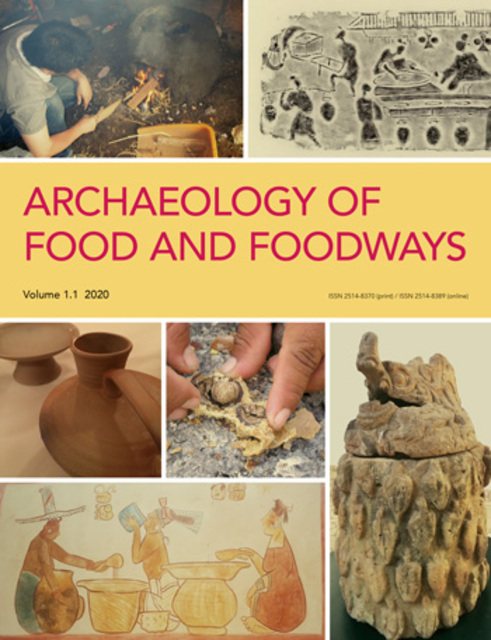Beer, Drugs and Meat: A Reconsideration of Early Wari Feasting and Statecraft

Full description
Feasts were integral to pre-Columbian political economies in the Andes. The large feasts of the Inca Empire, which institutionalized asymmetrical relationships between subjects and the state, are the best known, and a point of comparison for many pre-Inca societies. It is therefore unsurprising that the feasts hosted by the Wari, an expansionist state in the central highland of Peru some 700 years earlier, are often assumed to have played a similar role. In this article, we argue that there were substantial differences between early Wari and Inca practices that reflect the different objectives of their hosts. The large feasts in Inca plazas emphasized the unbridgeable gap between ruler and subjects, while early Wari hosts strove to build interpersonal relationships between households in far more intimate affairs. To better understand the nature of Wari feasting, we discuss the acquisition, preparation, consumption and disposal of roasted camelid meat and hallucinogen-laced beer that were featured at the feasts of the Wari-affiliated settlement of Quilcapampa. The differences in feasting practices may relate to profound differences between early Wari and Inca statecraft that would narrow in Wari’s final century, as the state matured.
- typeImage
- created on
- file formatjpeg
- file size85 KB
- container titleArchaeology of Food & Foodways
- creatorJustin Jennings; Aleksa K. Alaica; Matthew E. Biwer
- issn2514-8389 (Online)
- issue1.2
- publisherEquinox Publishing Ltd.
- publisher placeSheffield, United Kingdom
- rights holderEquinox Publishing Ltd.
- volume
- doi
We use cookies to analyze our traffic. Please decide if you are willing to accept cookies from our website. You can change this setting anytime in Privacy Settings.
